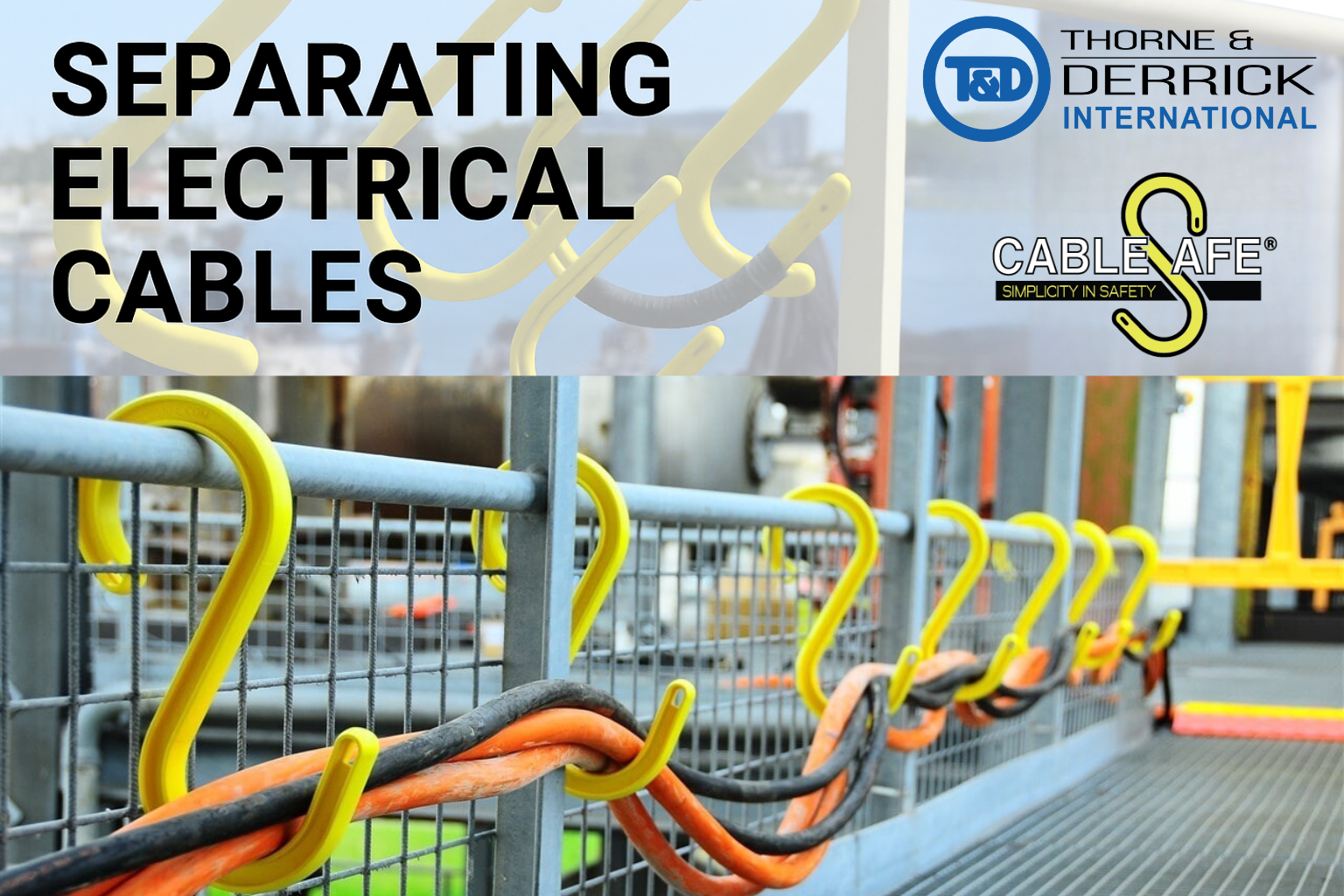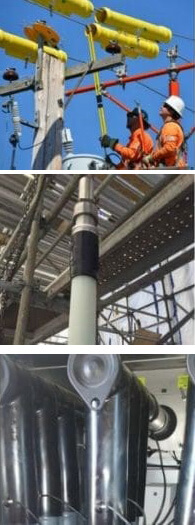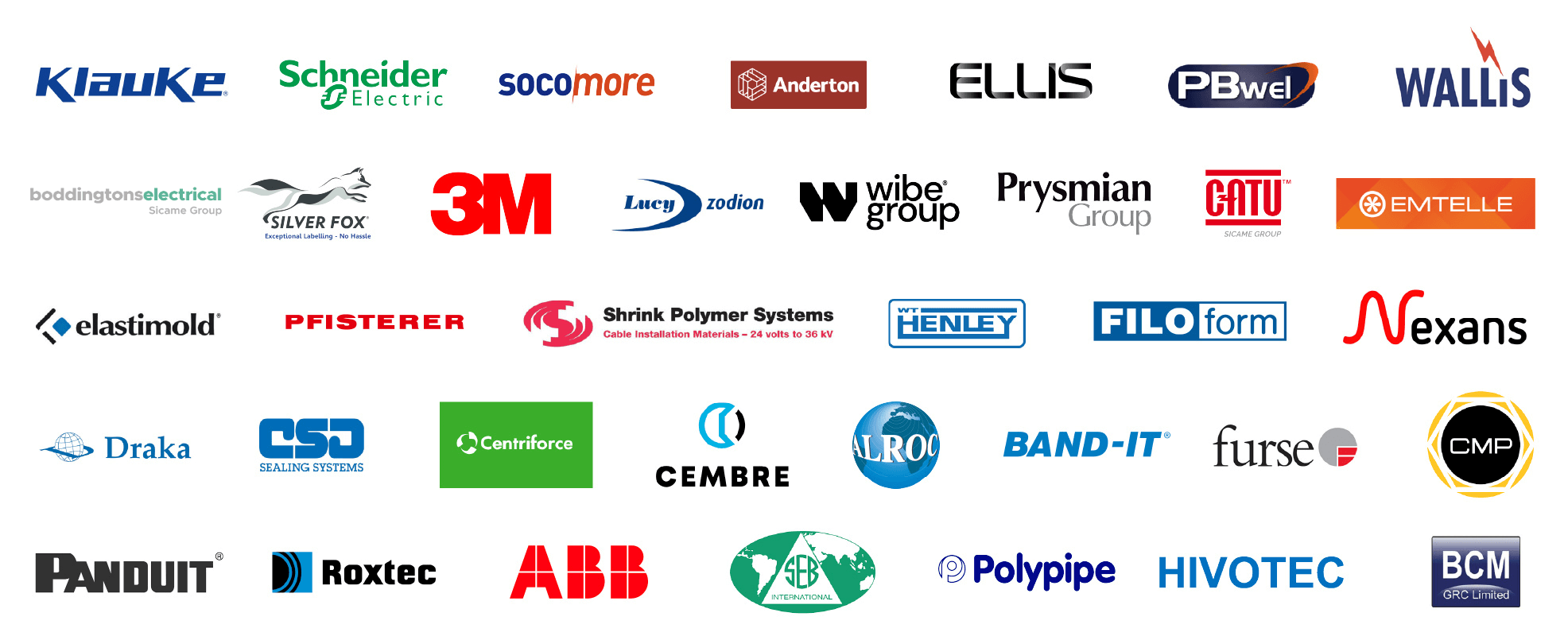Why Should You Separate Electrical Cables?
Published 22 Jul 2025

Separating electrical cables
Prevent Trip Hazards with CableSafe Safety Hooks
Thorne & Derrick supply a comprehensive range of Safety Tools and Equipment to support safe working practices across industries including construction, renewables, data centres, rail, manufacturing, and the oil, gas, and petrochemical sectors. We also offer a specialist range of Push Pull Tools designed to reduce hand injuries and enhance workplace safety.
Separating electrical cables isn’t just good practice—it’s essential for ensuring safety, system performance, and regulatory compliance. Whether you’re working in industrial, commercial, or residential settings, here are five key reasons why cable separation matters:
Cable & Electrical Safety
When power cables are bundled together tightly, they can generate excessive heat. If not properly ventilated or separated, this heat can lead to insulation damage, short circuits, or even fire hazards. Separating cables helps reduce this risk and ensures safer operation.
Electromagnetic Interference (EMI) Reduction
Electrical cables, especially those carrying high current, emit electromagnetic fields. If signal or communication cables run too closely alongside power cables, they can pick up unwanted interference. Separating them helps maintain signal integrity and reduces noise or data errors in sensitive equipment.
Ease of Maintenance & Troubleshooting
Organised and separated cables make it easier to identify, inspect, or replace specific lines when necessary. This reduces downtime during maintenance and makes installations more professional and manageable.
Prevention of Mechanical Damage
When cables are tangled or stacked together, there’s a higher chance of bending, pulling, or abrasion—especially during equipment movement or vibration. Separation prevents wear and tear and extends the cable lifespan.
Compliance with Electrical Standards
Many safety codes and regulations (like NEC, IEC, or OSHA standards) recommend or require physical separation between certain types of cables, especially in industrial or hazardous environments.

CableSafe Safety Hooks in Use Preventing Trip Hazards and Ensuring Electrical Cable Separation on Industrial Walkways

Cable Safety Equipment | Cable Stand | Cable Bridge | Cable Rail | Cable Guard | Dropped Object Prevention Mats
Cable Management Practices
Separating electrical cables is not just about tidiness—it’s a fundamental part of designing safe, efficient, and reliable electrical systems. Whether you’re an installer, maintenance engineer, or system designer, adopting good cable management practices is a small step that can make a big difference.
Looking for reliable cable management solutions?
Thorne & Derrick are UK specialists in electrical safety equipment. Contact our team for expert advice or to request a quote on CableSafe hooks and other safety tools.












